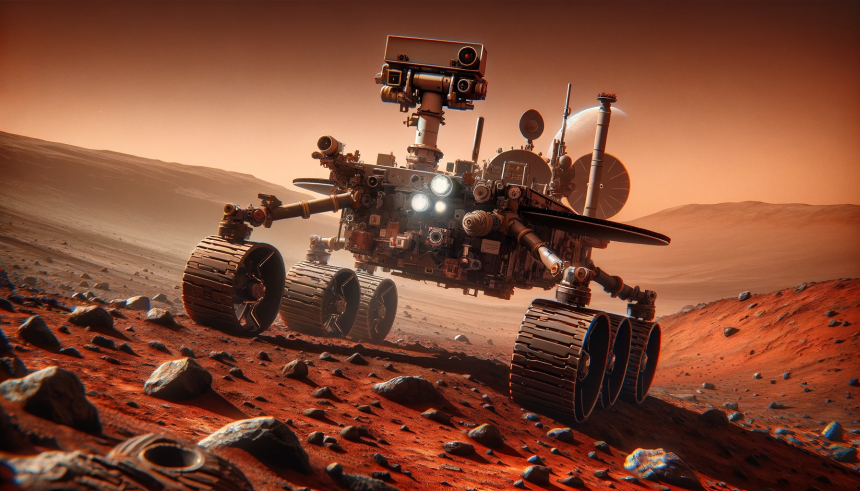The annual hurricane season in the Atlantic Ocean commences on June 1, prompting NASA to employ its space-based resources in studying these natural phenomena. Utilizing the International Space Station (ISS) and various satellites, the agency aims to gather comprehensive data to understand the influence of climate change on hurricanes. This information not only enhances scientific knowledge but also aids communities in better preparing for hurricanes in a warming climate.
Observation of Hurricane Idalia
On August 29, 2023, the ISS’s high-definition external cameras captured Hurricane Idalia in the Gulf of Mexico. At that time, Idalia was classified as a Category 1 storm with sustained winds reaching 140 kilometers per hour. As the storm advanced northward over the Gulf of Mexico, it intensified rapidly. By the morning of August 30, 2023, Idalia made landfall in Florida’s Big Bend region as a Category 3 hurricane.
NASA’s use of space-based technology provides a unique perspective in monitoring and understanding hurricanes. The instruments on the ISS and satellites allow for real-time tracking and analysis, which is crucial for timely and accurate weather forecasting. These observations help scientists study the formation, development, and impact of tropical cyclones, offering insights into their behavior in a changing climate.
Technological Advancements and Insights
Hurricane Idalia, one of the significant events of the 2024 hurricane season, illustrates the advancements in space-based meteorological tools. Previous studies on hurricanes have shown the importance of high-resolution imagery and data collection from space. Compared to earlier hurricanes, the real-time data obtained from the ISS and satellites enhance predictive models and enable better disaster management strategies.
Historical data reveals that hurricane observation methods have evolved significantly with technological advancements. Earlier, tracking hurricanes relied mainly on ground-based radar and weather buoys. Today, the integration of satellite imagery and space station observations provides a more detailed and comprehensive view. This shift allows for improved prediction accuracy, leading to more effective evacuation plans and disaster preparedness efforts.
Key Takeaways
– Space-based observations offer unparalleled insights into hurricane dynamics.
– Technological advancements contribute to better predictive models.
– Enhanced data collection aids in disaster preparedness and management.
The ability to monitor hurricanes from space significantly impacts our understanding and management of these natural disasters. NASA’s continuous efforts to improve data collection and analysis are crucial for advancing scientific knowledge and enhancing community safety. By leveraging the unique vantage point of the ISS and satellite technology, scientists can better predict hurricane behavior and mitigate their impacts. This approach not only underscores the importance of space-based observations but also highlights the need for ongoing investment in advanced meteorological tools for the future. As we continue to face the challenges posed by climate change, such technological innovations are vital for minimizing the adverse effects of hurricanes and ensuring the safety of vulnerable communities.










